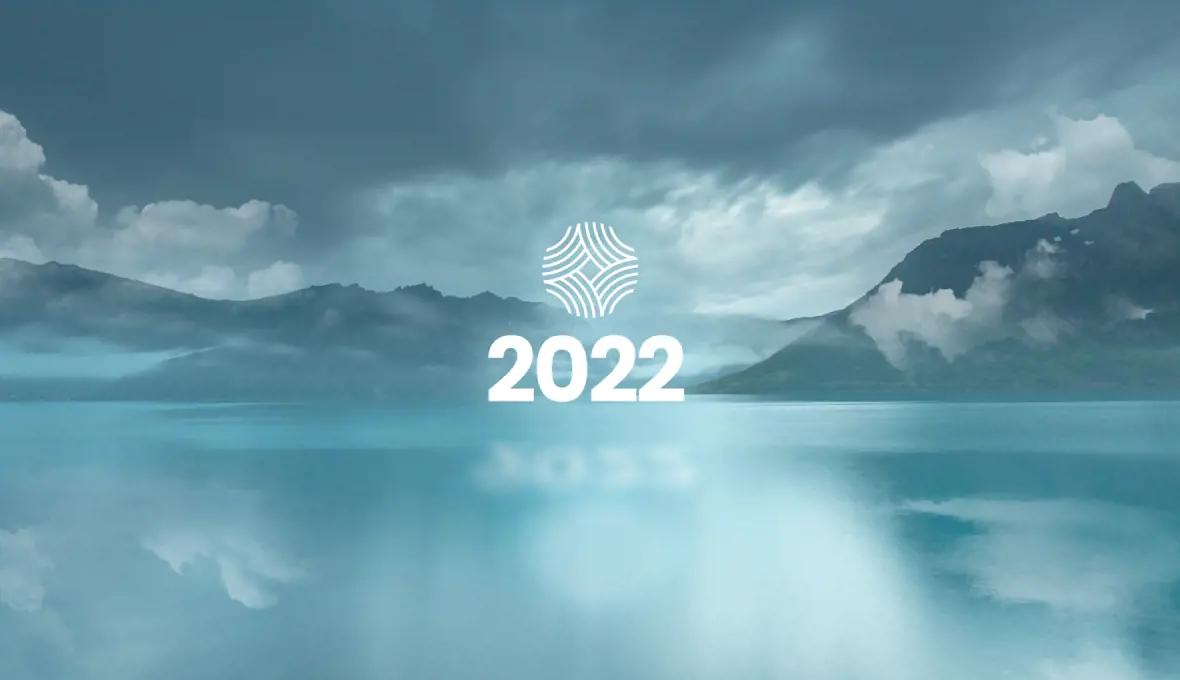The rise of inflation has brought up once again the question of costs and benefits relating to addressing climate change. Consumers, companies, investors and governments are weighing pros and cons of paying more today for a more sustainable tomorrow. As debates rage on, there is no escape from the fact that by avoiding the costs of action, inaction will come with much greater costs, human as well as financial.
The latest report from the Intergovernmental Panel on Climate Change (IGPP), which over the years have provided conclusive evidence that climate change causes more extreme events, has stressed the urgency of making drastic cuts to our greenhouse gas emissions1. This would require a move from fossil fuels to renewable sources of energy, and to a materials-based economy build on a circular model2. And this change will not only need to involve all the sectors, but it will have to happen very fast.
Over the past year, as inflation has picked up, market pundits have tried to see how much of it was due to the expense of a “greener” world. Various inflation drivers were considered and weighed, and the subjects of “greenflation” and “greenium” have come up again and again. Questions were asked about the price we are all expected to pay for the transition to a different, more sustainable economy and a new way of living. And whether that cost was too much.
What is it?
To quote Bill Gates from his recent book “How to Avoid a Climate Disaster”, green premium (or “greenium” for short) is “the difference in cost between a product that involves emitting carbon and an alternative that doesn’t.” The theory goes that the transition from coal, oil and gas (fossil fuels) to renewable energy, the rolling out of electric vehicles and hydrogen trains and ships, and new types of building insulations will add up to significant costs. In turn, that extra expenditure aiming at meeting carbon-zero goals, according to this school of thought, is bound to lead to higher inflation.
Is greenflation to blame for rising inflation now?
That is a complex question but “greenflation” is not the main driver.
The COVID-related disruption in supply chains has led to price increases across a wide variety of commodities and consumer goods. Although predicting the inflation trajectory is difficult given how unpredictable is the evolution of COVID-19, we think that inflation will fall back as supply bottle necks gradually disappear, physical markets as well as supply and demand adapt, and prices come down to reflect that.
If we consider a more long-term picture of the energy transition, it will inevitably involve spikes in some commodity prices. These may include rare materials needed for various equipment, machinery and infrastructure required for the electrification of the economy. This type of inflation will fundamentally be due to early “teething” problems – as the move to a more circular and energy efficient economy is likely to be challenging due to time constraints.
Why? If environmental regulation and policy is planned and appropriately communicated well-ahead of implementation, we wouldn’t expect these disruptions to have a lasting impact on prices of raw materials and finished goods as a whole. It’s important to note that these shifts are relative, so demand for one commodity may have an adverse impact on the pricing of others. The jump in copper prices is due to a clear trend towards electrification. This same trend makes the long-term outlook of oil pretty bleak.
However, it has become clear, particularly at the COP26 conference in Glasgow, that so far governments and companies have not been moving fast enough. And, if we are to catch up, there won’t be the time for waiting around for commodities supply to pick up so it can comfortably meet our required demand, or for everyone to agree a beautifully designed roadmap, or for legislators and regulators to come up with carefully weighted framework covering all aspects of the new economy. The world will need to move fast if we are to prevent the changes to our climate before they become truly catastrophic and irreversible. And that means that we will need to manage our expectations of how comfortable our journey is going to be.
What’s the alternative?
The costs of inaction will fall due mostly for the next generation but they are difficult to contemplate. Partly because the changing climate will inevitably claim a huge human cost. Even today extreme weather events come at an enormous financial and economic cost to governments around the world. Over the past few years, we have already seen some of the worst examples in California, Australia, Canada, Alaska and just recently the result of the deadly tornadoes that swept across the United States. The costs of such events already amount to hundreds to hundreds billions dollars of costs, insured and uninsured.
The worst case future scenarios include huge parts of our planet becoming uninhabitable due to heat and the destruction of flora and fauna. That will lead to mass immigration of those who manage to survive to already overpopulated “safe spots”, which will mean more conflict, war and destruction.
Is the road to Net Zero only paved by costs?
Despite all the challenges ahead if we do act in time, we must not forget that the move to a circular, more energy efficient economy will create a wide range of positive developments. They will encompass regulation, societal trends and changing consumer behavior, and will present clear long-term investment opportunities for portfolio managers, and have many positive ramifications across all sectors of the global economy.
A high greenflation inevitability?
The example of renewable energy makes us seriously doubt that greenflation will become an unresolvable challenge. When, in the years after the global financial crisis, institutions like the International Energy Agency (IEA), outlined their forecasts for renewable energy achieving grid parity, their assessment pointed to 2025-2030. However the reality proved quite different. In many regions of the world renewable energy reached grid parity just five years later. This was because governments’ incentives allowed fast scaling – while the change had impacted fossil fuel prices and pushed inflation up in some parts of the economy, in other parts it led to a fall in inflation. And the overall result can easily be no overall rise in inflation at all.
1 https://www.ipcc.ch/2021/08/09/ar6-wg1-20210809-pr/
2 https://ellenmacarthurfoundation.org/topics/circular-economy-introduction/overview

